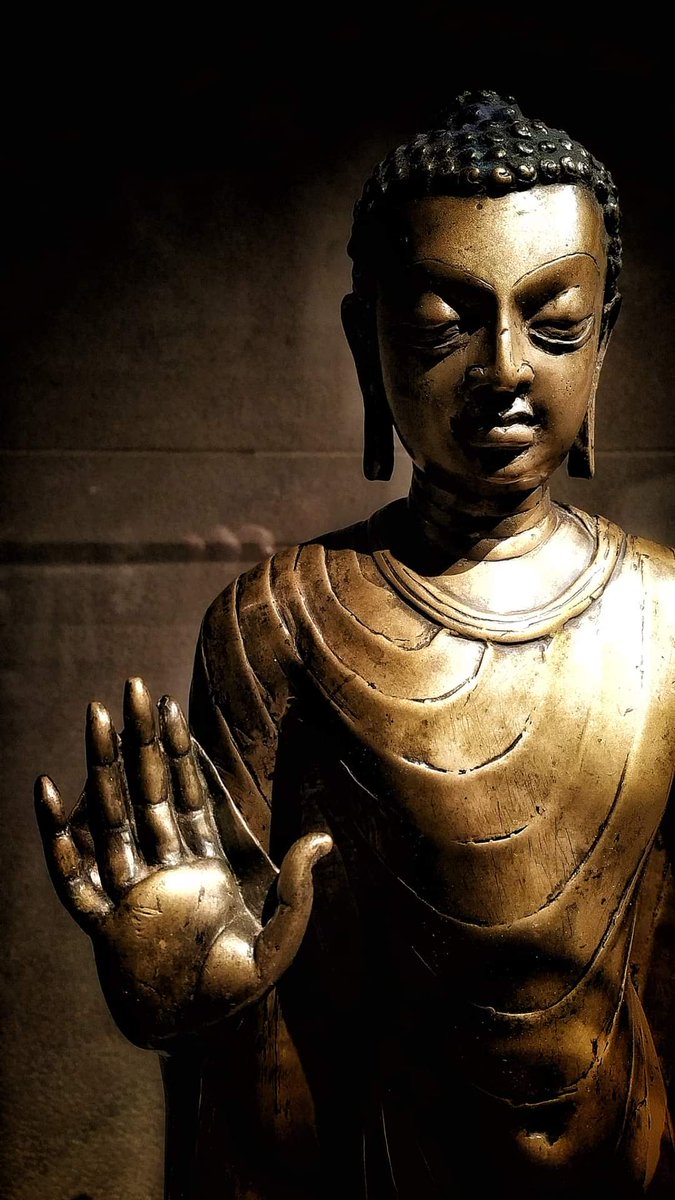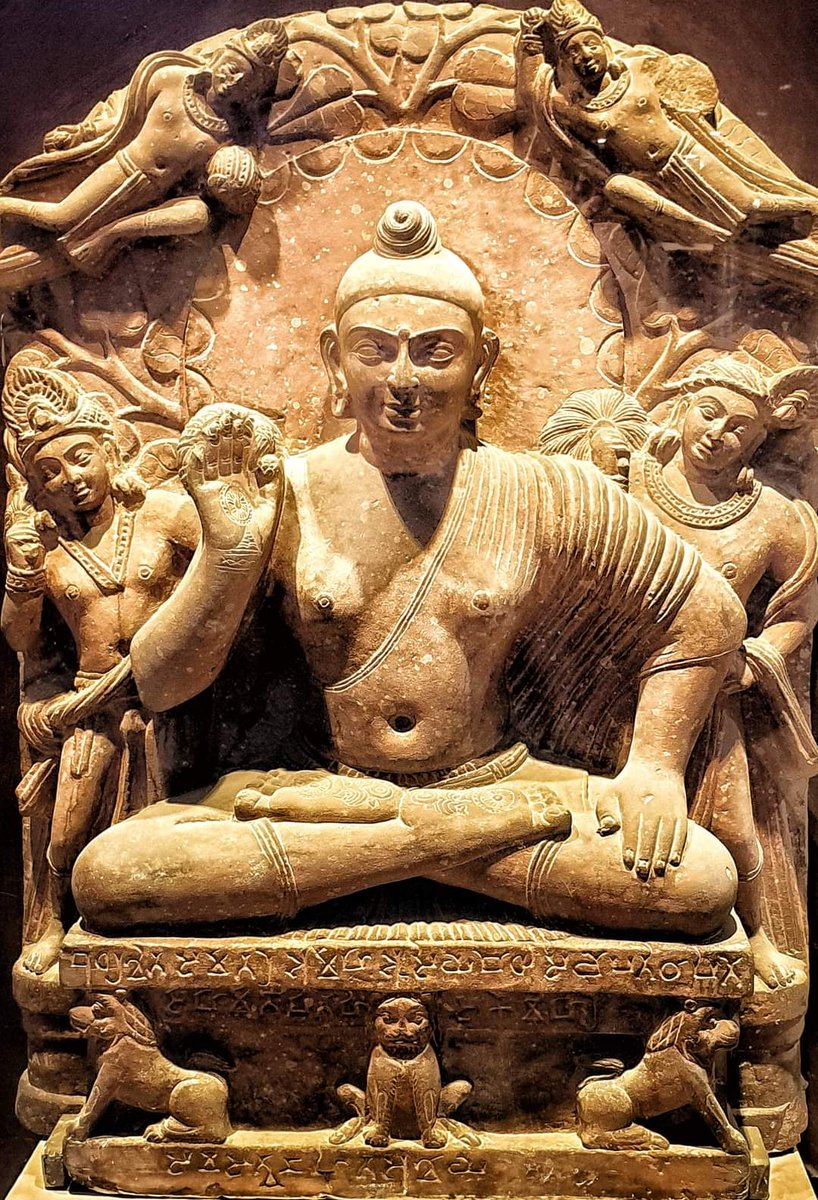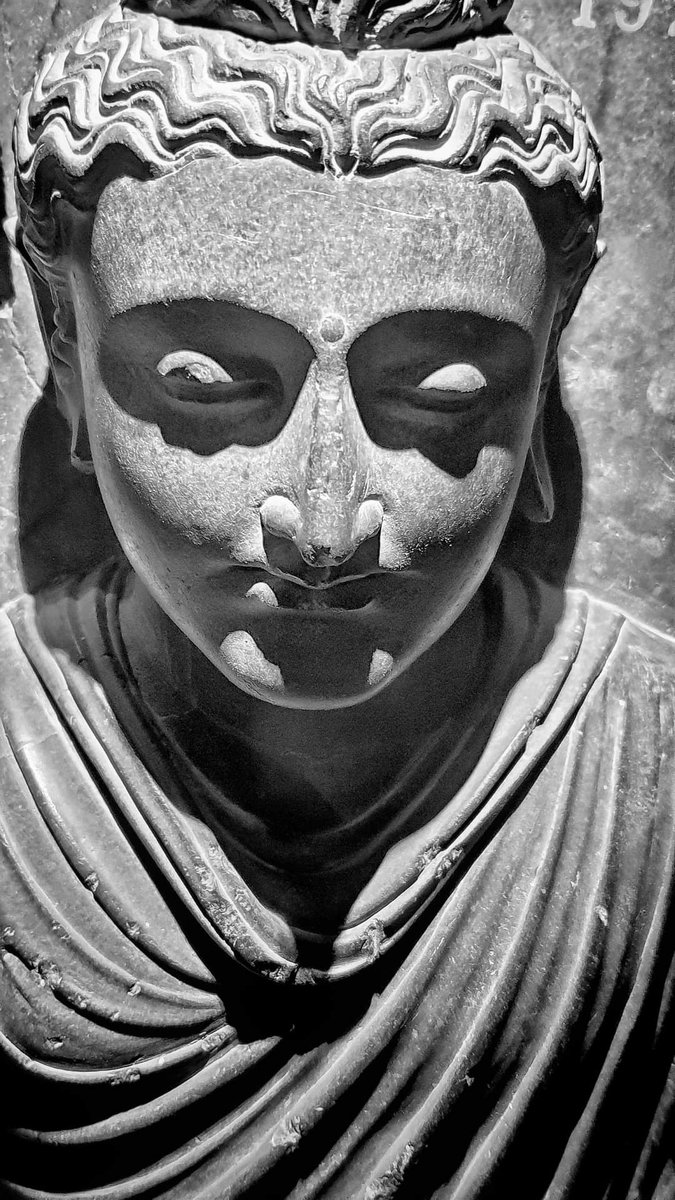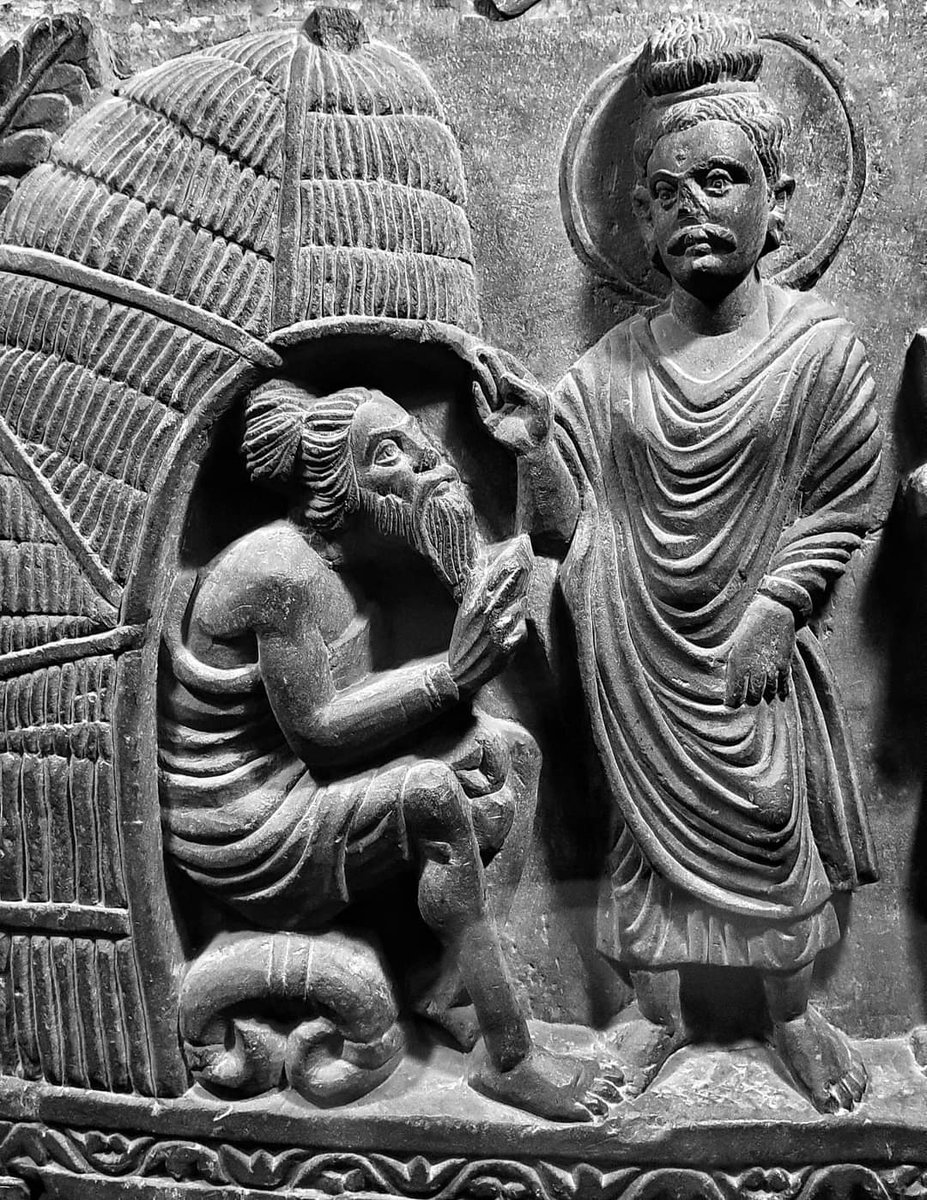
Some favourite masterpieces of early Buddhist art. Over the last week I have been researching the diffusion of early Buddhism. Here are some favourites I dug out from my travels.
1.The King of Varanasi hunting- illustration from Shyama Jataka.
Cave Ten, Ajanta 1stC BC
1.The King of Varanasi hunting- illustration from Shyama Jataka.
Cave Ten, Ajanta 1stC BC

Salabhanjika Yakshi
Kushan, c100 AD, Stupa railing,
From Sonkh Tila, Goverdhan
Now in the Mathura Museum
Kushan, c100 AD, Stupa railing,
From Sonkh Tila, Goverdhan
Now in the Mathura Museum

Gupta Bronze Buddha Offering Protection
Now in the Met Museum NYC
From India (probably Bihar)
5th/6thC
Now in the Met Museum NYC
From India (probably Bihar)
5th/6thC

Portrait of a Monk Begging for Food
Gandhara, 2ndC AD
from Takht-I-Bahi
Now in the National Museum, Karachi
Gandhara, 2ndC AD
from Takht-I-Bahi
Now in the National Museum, Karachi

Mara's Demon Army try to distract the Buddha before he achieves Enlightenment
Gandhara 5thC
Now in the Freer Sackler, Washington DC
Gandhara 5thC
Now in the Freer Sackler, Washington DC

A Naga Nobleman Escapes from the Jaws of a Beast
From Sonkh Tila, Mathura
Kushan, c100 AD,
Now in the Mathura Museum
From Sonkh Tila, Mathura
Kushan, c100 AD,
Now in the Mathura Museum

Mara's Demon Army try to distract the Buddha before he achieves Enlightenment
Gandhara, 5thC
Now in the Freer Sackler, Washington DC
Gandhara, 5thC
Now in the Freer Sackler, Washington DC

Padmapani, Ajanta Cave 1, c600:
a Bodhisattva of otherworldly elegance & compassion, eyes half-closed, inward-looking, weightlessly swaying on the threshold of Enlightenment, caught in what Stella Kramrisch, described, wonderfully, as “a gale of stillness.”
a Bodhisattva of otherworldly elegance & compassion, eyes half-closed, inward-looking, weightlessly swaying on the threshold of Enlightenment, caught in what Stella Kramrisch, described, wonderfully, as “a gale of stillness.”

Head of a Buddha or Bodhisattva
5th–6th century
Afghanistan (probably Hadda)
Now in the Met Museum, DC
5th–6th century
Afghanistan (probably Hadda)
Now in the Met Museum, DC

Buddha (impishly Mathuran) in protection mudra
Kushan, c100 AD,
Found at Katara Keshav Dev
Now in the Mathura Museum
Kushan, c100 AD,
Found at Katara Keshav Dev
Now in the Mathura Museum

• • •
Missing some Tweet in this thread? You can try to
force a refresh





















